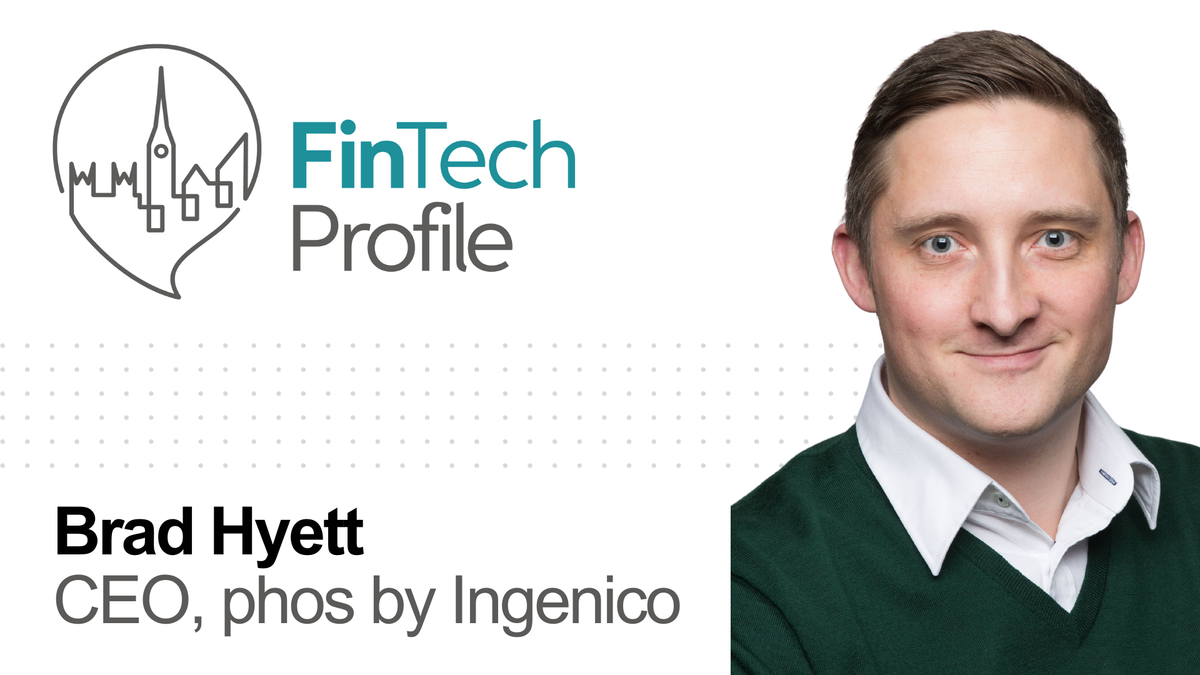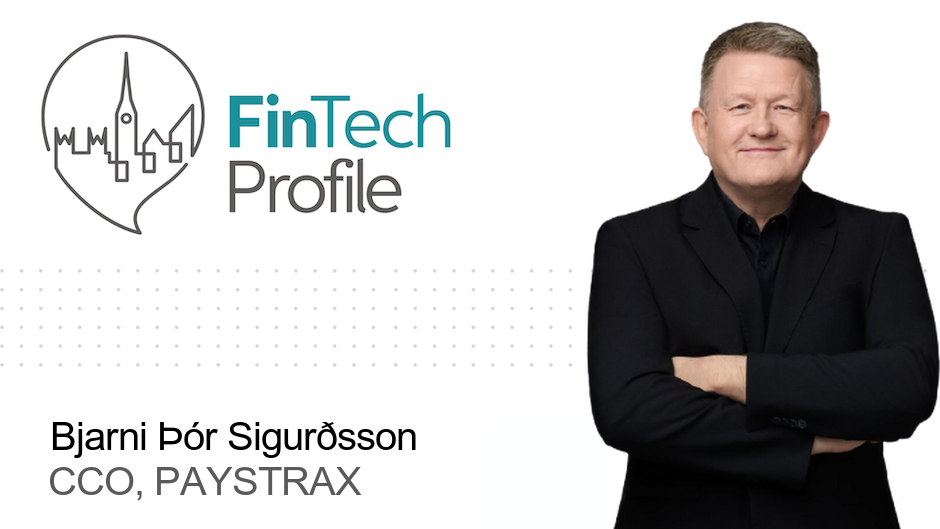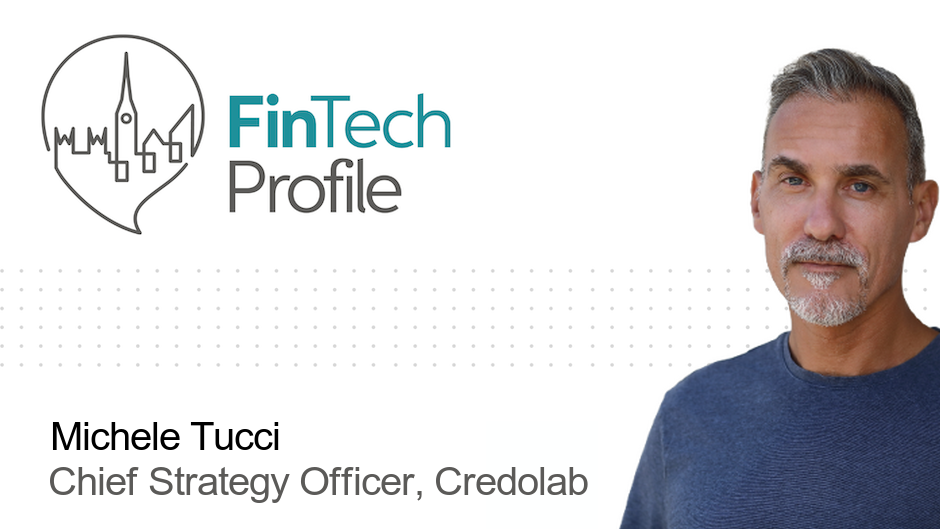Brad Hyett, CEO of Phos by Ingenico

In today’s profile, we’re meeting Brad Hyett, the CEO of Phos by Ingenico. Phos is the leading software point of sale (SoftPoS) orchestrator which helps legacy technology providers and financial institutions to quickly bring tap to pay solutions to market.
Who are you and what’s your background?
I am a payments nerd! It’s genuinely my number one hobby. In my early years, I was a musician, which taught me that hard work and hours of practice can lead to great results, regardless of natural talent.
A real turning point in my career was when I joined Global Blue in 2009, on the day they rebranded from Global Refund. The business was going through a transformation, the workforce was being re-trained to consultatively sell a value proposition, and I wasn’t carrying any historic baggage on “how things had always been done”. I embraced their approach to client engagement and it reaped rewards. This was my first experience with FinTech, payments, and terminals where I specialised in high street and luxury retail.
After this I was lucky enough to move through another couple of companies going through transformations – WorldPay as it split from RBS and then The Logic Group as it geared up for a sale to Barclaycard. These experiences were invaluable in understanding the bigger picture. Eventually, I moved to SlimPay and then to BlueSnap, where I focused on building the UK and EU divisions of existing businesses from scratch.
When I met the co-founders of Phos and saw their concept, it really captured my imagination and I jumped at the chance. It also gave me the opportunity to reach out to some old colleagues from previous companies and partnerships and go on a unique journey – all while COVID was changing the world!
What is your job title and what are your general responsibilities?
My job title reads ‘CEO’. I have always been responsible for the market strategy, commercial strategy, and general reporting for most of the team outside of the technology stack. Historically, a lot of time was spent moving from one round of fundraising to another and supporting the co-founders with future vision, value, and data to support our funding needs. Since our business was acquired by Ingenico in 2023, this responsibility has spread more into how Phos can incorporate into Ingenico, add value to the existing hardware propositions of the well-known parent company, and accelerate the growth of the exciting new suite of cloud and service propositions that Ingenico is bringing to market.
Can you give us an overview of your business?
Phos is a digital endpoint for contactless payment acceptance. It brings the ability to accept tap-to-pay transactions without the need for specific payment hardware. Our solution has many uses, including terminal replacement in small businesses. It can also be used as a companion solution for enterprise businesses. Be it ‘in-aisle’ payments, pay-at-table, queue busting, resilience, or payments in the field – whatever that field may be.
Tell us how you are funded?
Phos is now fully owned by Ingenico. From 2019 to 2023, our journey was supported by investments from angel investors and VC funds.
What’s the origin story? Why did you start the company? To solve what problems?
Phos’ founders were the first to bring ApplePay acceptance to Bulgaria. Their logic was that at the point you make a payment from your mobile, surely you should be able to accept a payment on a mobile as well. The problem this solved is multi-factor but initially, the thought was to open up card-acceptance business to geographies where the cost of hardware (and complexity of delivery) was a barrier. This subsequently expanded to include use cases in retail like pop-ups, queue busting, in-aisle payments, and mobile payments for field services, taxis, charity, etc.
Who are your target customers? What’s your revenue model?
We predominantly sell our solution as a technology platform to enable SoftPoS solutions within the industry. Therefore banks, acquirers, PSPs, ISOs, etc which want to bring or embed the contactless experience into their own offering are our target audience. Our revenue comes from projects to get the solution up and running, and from a usage fee. We try to be as flexible as we can to fit in with our customer’s commercial model and thus, offer per-transaction and per-user pricing.
If you had a magic wand, what one thing would you change in the banking and/or FinTech sector?
It would be great to see someone crack the complicated issue of instant merchant underwriting across multiple jurisdictions – giving merchants more choice and freedom to move suppliers and increase international competition in the financial services market.
What is your message for the larger players in the Financial Services marketplace?
Partner and work with the best tech providers in the ecosystem rather than trying to build technologies yourselves. Stick to your core competencies and embrace partnerships.
Where do you get your Financial Services/FinTech industry news from?
I don’t rely on any one source. Instead, I look at multiple publications to get a broader and unbiased understanding of the financial landscape.
Can you list 3 people you rate from the FinTech and/or Financial Services sector that we should be following on LinkedIn, and why?
I’m biased but my entire team, obviously! When I started working at Phos, I reached out to industry veterans I had either worked with in the past or worked alongside in partnership. My entire founding team has the ability to wear many hats and that is incredibly valuable in FinTech.
- Ben Gale – currently at Diebold Nixdorf. Ben has always been so willing to mentor and advise. I worked for him a while ago and still keep in touch regularly.
- Christopher Lawrence – was my boss at Worldpay for a very short time – but again, very willing to mentor and advise, and so well connected within the UK. Chris runs an invite-only social for “payments people” which is a constant reminder of what a close-knit industry we work in.
- Another biased one but my wife Nikhita Hyett – is now a FinTech powerhouse. Going from Global Blue to Adyen, to BlueSnap, and just now starting as GM Europe for Signifyd, she has an unbelievable breadth across the industry and is my go-to advisor for everything.
What FinTech services (and/or apps) do you personally use?
I like the NatWest Group banking app because it has a really good UI, especially compared to some of the credit card apps I have. I tried some of the challenger bank experiences but they never really seemed to have gotten the core propositions right. I’m not one for bells and whistles and I also don’t care about the colour of the card coming out of my wallet. Just do what you do really well and that’s okay for me.
I pay for absolutely everything using ApplePay – except the Tesco shop because I’m never sure if I get my points or not when I use ApplePay!
What’s the best new FinTech product or service you’ve seen recently?
I really like a business out there called Zeal – its LinkedIn summary says “Predicting Consumer Behaviour for Physical Retail,” which is very exciting. If you can take the volume of digital data running through common platforms these days and use it for prediction analytics, the possibilities are endless. It may be nerdy but I think that it is very cool.
Finally, let’s talk predictions. What trends do you think are going to define the next few years in the FinTech sector?
We are witnessing rapid evolution in payment technology. Typically online offerings like buy-now-pay-later (BNPL) and dynamic currency choice are being made available on in-store terminals, integrating preferred payment methods into the physical environment.
In the coming years, I expect incentivisation to become a key strategy. Businesses will probably start linking specific/preferred payment methods with loyalty point schemes. Many value-added features are already being leveraged to make payments more enticing. I wouldn’t be surprised if more diverse and customisable payment terminals or modular arrangements become commonplace in the near future.
I also foresee a rise in the use of biometrics in the payment process. Facial recognition is already used to unlock digital wallets and it only seems natural for them to be incorporated into the payment flow as well.
Thank you so much for taking the time Brad!
Find out more about Brad on his LinkedIn profile here.




